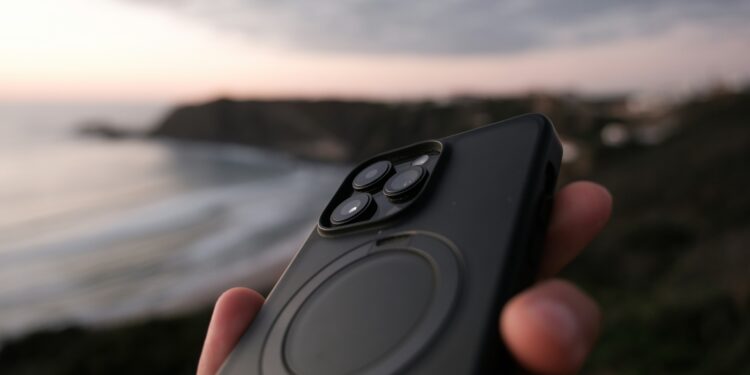Apple is planning an interesting innovation in the smartphone camera sector for the iPhone 18 Pro, which is expected to be released in 2026. According to supply chain insider and analyst Ming-Chi Kuo, the iPhone 18 Pro will get a main camera with a variable aperture - a feature that is new to Apple devices and has previously only been found in special cameras. This feature could significantly improve the photography experience and make the iPhone 18 Pro an attractive device for photography enthusiasts.
The camera has become the central feature of many users' smartphones and Apple has pushed this trend forward in recent years. From improved image quality to advanced software optimizations - with each new generation, Apple increases the performance of its camera technology. The iPhone 18 Pro continues this trend and promises The variable aperture gives you even more control and flexibility when taking photos. But what exactly does that mean and what advantages could the new camera offer?
All facts about the variable aperture in the iPhone 18 Pro
What is a variable aperture?
A variable aperture is a feature that allows the camera to flexibly adjust the aperture opening to suit the lighting conditions. Most smartphone cameras have a fixed aperture, which means that the amount of light hitting the sensor remains constant. A variable aperture, on the other hand, can physically make the opening smaller or larger. This brings several benefits, including improved low-light performance and optimized depth of field control.
Why is the variable aperture important?
The introduction of a variable aperture would take the iPhone 18 Pro's photography capabilities to a new level. Here are the main advantages:
- Better low-light performance: In poor lighting conditions, the aperture could automatically open further to let more light onto the sensor. This makes the images brighter and clearer, which is a big advantage, especially when taking night shots.
- Flexibility in different lighting conditions: In bright daylight, the aperture can be narrowed to avoid overexposure. This ensures clearer and sharper images.
- Advanced depth of field control: A variable aperture allows you to control the focus area more precisely, which is especially beneficial for portrait photos to keep the background blurred and highlight the main subject.
cooperation with suppliers
According to Ming-Chi Kuo, Apple will work closely with two companies to manufacture the variable aperture and its components. Sunny Optical will be the main supplier for the shutters, while Largan Precision will be the lead supplier for the lenses. Luxshare is also being discussed as a second supplier, which could step in as a secondary supplier if needed. These strategic partnerships are intended to ensure that the new camera technology is available in high quality and in sufficient quantities.
delay in technology
Interestingly, Apple originally planned to use a variable aperture lens on the iPhone 17. However, the introduction of this technology seems to have been delayed and it will now only be used in the iPhone 18 Pro. According to Kuo, this could be due to the technical complexity and high quality requirements. Apple attaches great importance to only bringing mature technologies to market that meet user expectations.
A look at the future of smartphone photography
With the iPhone 18 Pro and the introduction of the variable aperture, Apple is on the verge of a milestone in smartphone photography. This feature will give you more control over your images and allow the camera to adapt to all lighting conditions. The new technology is expected to significantly improve the image quality and versatility of the camera and could be particularly interesting for those who like to take a lot of photos. Whether in daylight, at dusk or in the dark - the iPhone 18 Pro will be prepared for every situation. So if you value high-quality photos and like to use your smartphone's camera, it is definitely worth waiting for the iPhone 18 Pro. Apple is setting a sign for the future and showing that photography on the smartphone is becoming more and more of a central element. (Photo by Unsplash / Daniel J. Schwarz)





